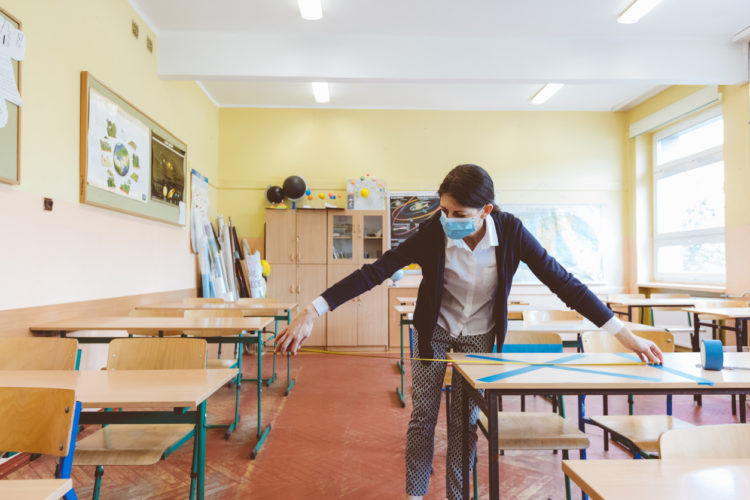Yesterday the CDC issued updated Guidance on Preparing K-12 School Administrators for a Safe Return to School in Fall 2020. The CDC notes the “unique and critical role that schools play makes them a priority for opening and remaining open, enabling students to receive both academic instruction and support as well as critical services.”
The Guidance further explains that returning to school in fall 2020 poses new challenges for schools, including implementing mitigation measures (e.g., social distancing, cleaning and disinfection, hand hygiene, use of cloth face coverings), addressing social, emotional, and mental health needs of students, addressing potential learning loss, and preparing for the probability of COVID-19 cases within the broader school community.
The Guidance provides information about:
- what is currently known about COVID-19 among school-aged children;
- the importance of going back to school safely;
- what is currently known about SARS-CoV-2 (the virus that causes COVID-19) transmission in schools and its impact on community transmission; and
- the ways administrators for kindergarten through grade 12 (K-12) schools can plan and prepare for in-person instruction and minimize the impact of potential closures.
The Guidance addresses Key considerations for school administrators:
- COVID-19 transmission rates in the immediate community and in the communities in which students, teachers, and staff live
- Approaches to cohorting that fit the needs of your school/district and community (e.g., keeping students in class pods, staggering when students return to school facility, having the same teacher stay with the same group of students)
- Can unused or underutilized school spaces, including outdoor spaces, be repurposed to increase classroom space and facilitate social distancing?
- Concurrently implementing multiple strategies in school to prevent the spread of COVID-19 (e.g., social distancing, cloth face coverings, hand hygiene, and use of cohorting)
- Best practices for your school and community to communicate, educate, and reinforce personal protective behaviors to prevent the spread of COVID-19 in school and in the community
- Integrating strategies to reduce COVID-19 transmission into co-curricular and extracurricular activities (e.g., limiting participation in activities where social distancing is not feasible)
- Planning and preparing for when someone gets sick
- Working with state and local health authorities to develop a plan to conduct contact tracing in the event of a positive case
- Communicating appropriately to families about home-based symptom screening
The guidance can be found here.
As always, please contact us with any questions. We will continue to do our best to keep you updated in the coming days and weeks as additional information becomes available.
Our e-mails about recent developments are not intended to substitute for our legal advice to our clients based on your specific needs or requests. In addition, our guidance is subject to, and can be superseded by new laws, rules, regulations, or orders. Moreover, some directives from the Federal and State authorities can appear, and can be, contradictory or in conflict, so please contact us for assistance.









